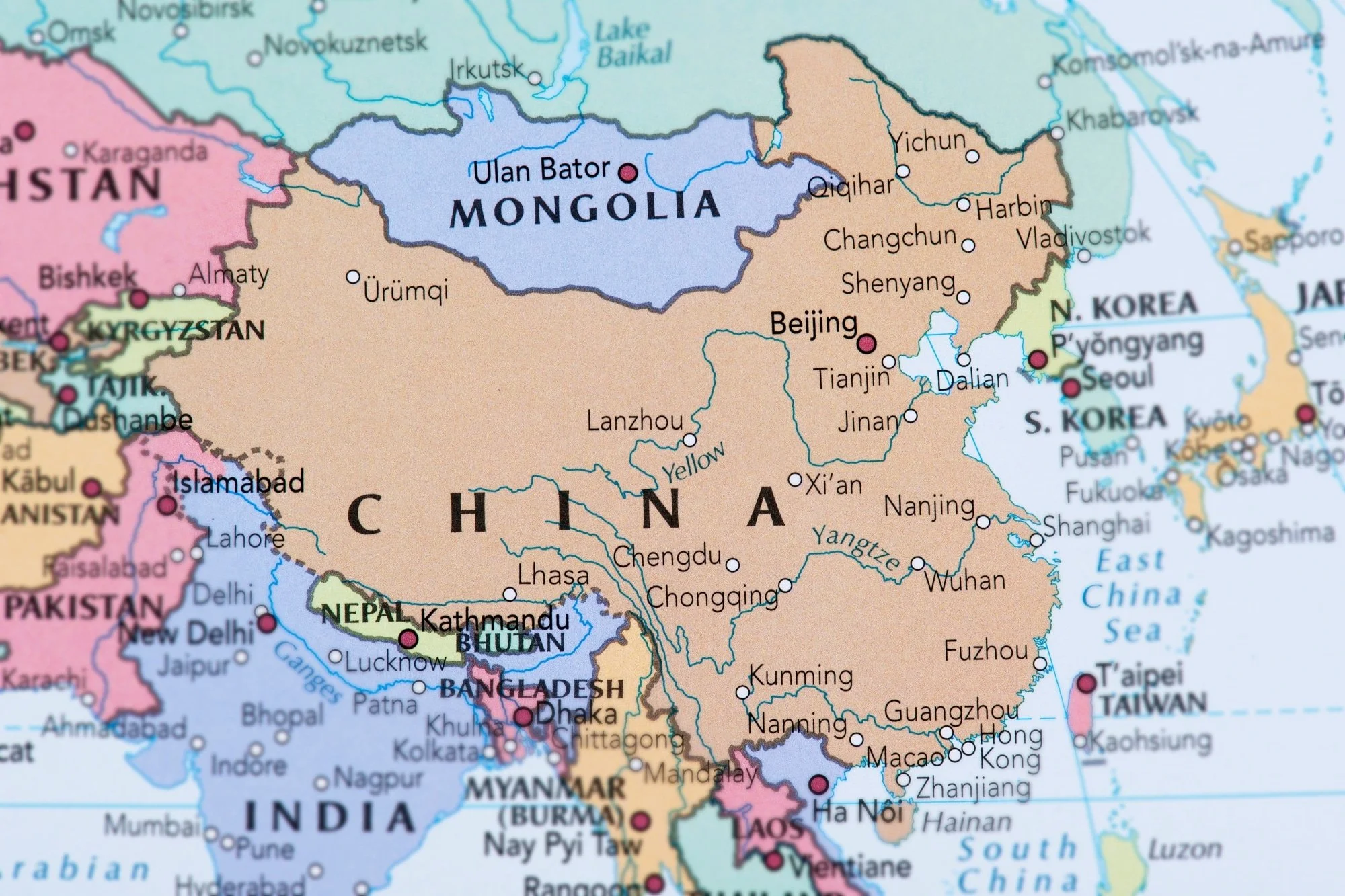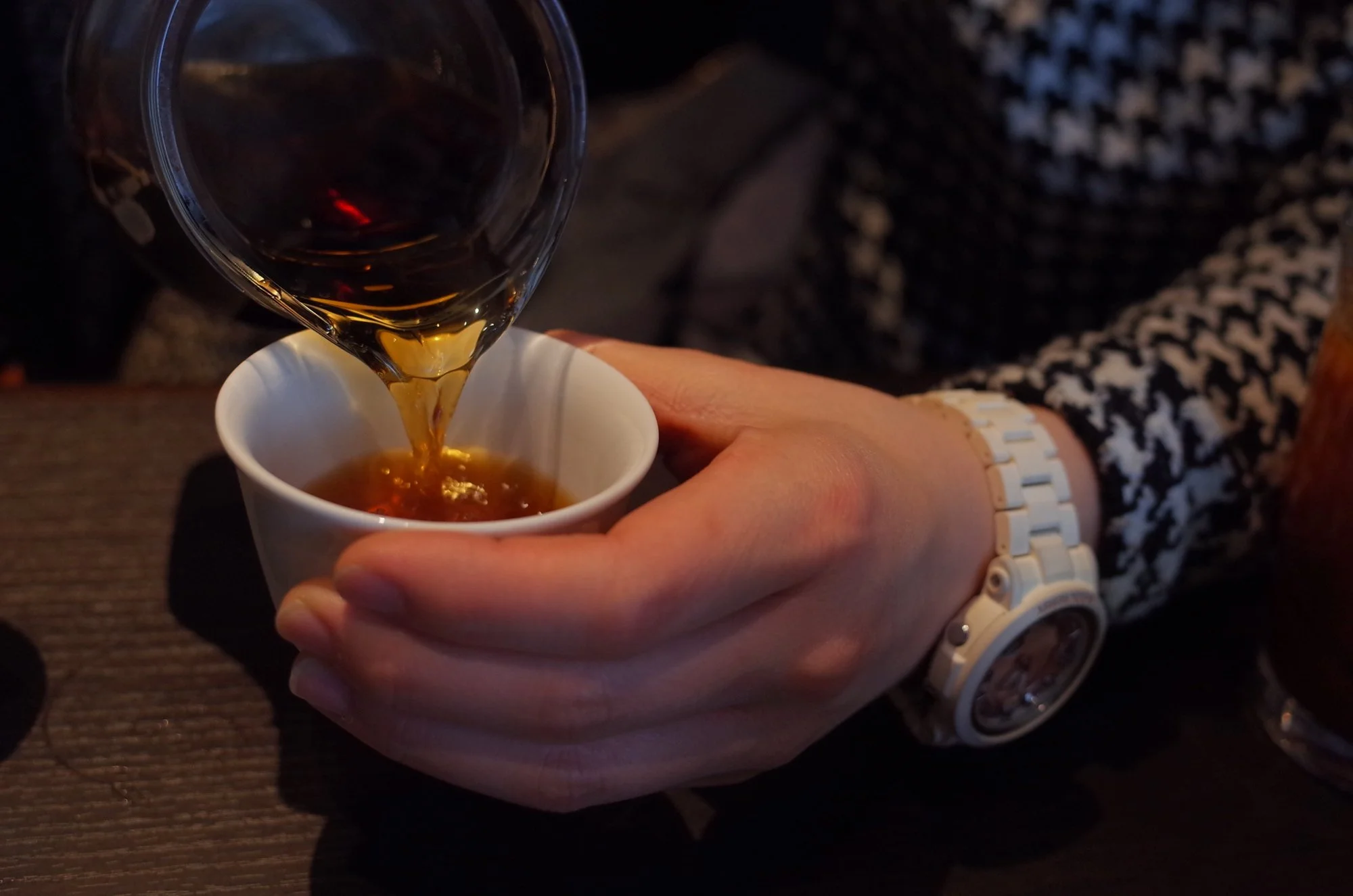What Do the Chinese Drink?
China is famous for its tea, but it is also home to the world’s most consumed spirit, the world’s most consumed beer, and a centuries-old tradition of grain-based wines. From ancient brews with medicinal histories to modern red wine hybrids and the unstoppable rise of craft beer, here’s a closer look at the country’s most iconic drinks.
Baijiu
Ming River Baijiu photo credit Ming River
This white spirit is the country’s favorite drink by far, accounting for more than 95% of all spirits consumed in China. With an estimated 5 billion liters consumed annually in China, it’s also the most consumed spirit in the world. Baijiu is not just one drink, but rather, a category of drinks. It originated in the Chinese countryside thousands of years ago, and uses an ancient fermentation technique that naturally harvests airborne microorganisms on a grain substrate called qu.
“Because each distillery has different microclimates and airborne microorganisms, the resulting flavors of every baijiu will vary greatly,” says Derek Sandhaus, co-founder of Ming River, and author of Baijiu: The Essential Guide to Chinese Spirits. He adds that higher temperature qu will result in lower levels of yeast, which correspond with longer fermentation times and more intense and funky aromatic compounds.
Rice-aroma style baijiu and light-aroma style baijiu both use lower temperature qu and short fermentation times, but different base ingredients (rice versus sorghum), and are both mild, Sandhaus explains. “Strong-aroma baijiu and sauce-aroma baijiu both use sorghum as their primary base ingredient, but the former uses high-temperature qu and the latter uses ultra-high-temperature qu,” he says. “Both are highly complex, but the former style has intense tropical fruit notes, and the latter is incredibly savory.”
Baijiu is traditionally served neat alongside food at mealtimes. But when it comes to this crowd favorite, consumer behavior is starting to shift. And, according to China Trading Desk, just 5% of alcohol drinkers report daily consumption, suggesting a prioritization of quality over quantity. There could also be some image issues for the classic spirit in the years to come. “There's also just less drinking in general among the younger generations of Chinese drinkers, many of whom view baijiu as old-fashioned and uncool, what their uncles and grandfather drinks,” says Sandhaus. Read more about baijiu, the world’s most popular spirit.
Huangjiu and Mijiu
Huangjiu by HAMACHI! is licensed under CC BY-NC-ND 2.0.
Also known as yellow wine (so-called due to the coloration obtained during the brewing process), huangjiu might typically range from 12%-20% ABV. It is made from grains such as wheat, millet, or rice, and this wine has traditionally been used in Chinese medicine. The finished liquid might be sweet with some umami notes, with a full mouthfeel. Those who enjoy Chinese cooking at home might want to seek some out. “Great aged yellow wines are fantastic with Eastern Chinese dishes, since Shaoxing rice wine is often used in so many of their dishes… so you have this perfect pairing of flavors and aromas,” says Carolyn Phillips, author of At The Chinese Table. She likens this to how red wine is often used in cooking dishes in the French regions of Burgundy and Bordeaux, famous for their wines.
Meanwhile, while the rice wine (known as mijiu) that is available in the Western world typically has salt added and is used only for cooking, in China it is often enjoyed as a beverage. Made from glutinous rice that is soaked, steamed, and then fermented with qu, it sometimes heated before drinking in China, similar to sake in Japan.
Marselan Red Wine
Huaigu Manor Reserve Marselan Huailai Hebei
After a peak in per capita wine consumption in 2012, imports have plateaued more recently. Even so, China is the ninth-largest wine-consuming nation worldwide, and a lesser-known French grape variety that has found a new home in China could be a flagship for the country.
A cross of Garnacha and Cabernet Sauvignon, Marsalan is an adaptable and disease resistant grape that is now found in most Chinese wine regions. The fruity notes and soft tannins appeal to Chinese drinkers, and many love it for its often affordable price tag.
Snow Beer
Snow beer
Beer is big business in China. As of 2023, China remained the largest beer-consuming country in the world for the 21st consecutive year, according to Kirin’s Global Beer Consumption Report. And the country’s favorite, Snow Beer, might just be the biggest beer brand that you’ve never heard of. A light lager, Snow is an inexpensive beer with a low calorie count. It’s mild and crisp, light bodied with high carbonation.
Snow’s approachability explains its broad success. But beer drinking habits are changing in China and just like in many other countries worldwide, appreciation of craft beer is on the rise. According to Statistica, Chinese beer drinkers now tend to drink less beer, but of a higher quality. It’s a trend that has boosted the market share of high-end beer from 8% in 2019 to 17% in 2023.





